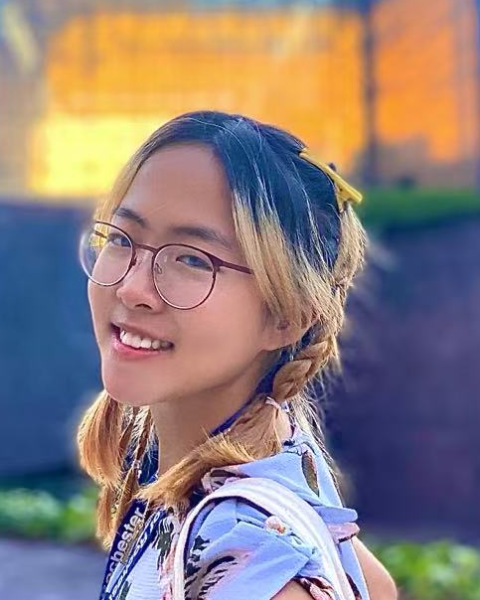Tissue Engineering
Tissue Engineering - Poster Session E
Z2 - Contractile Response of Rhodamine-labeled Tissue Engineered Skeletal Muscle from Healthy and Rheumatoid Arthritis Donors
Saturday, October 11, 2025
10:00 AM - 11:00 AM PDT
Location: Exhibit Hall F, G & H

Yimei Du
Undergraduate Researcher
University of Rochester
Rochester, New York, United States
Presenting Author(s)
Introduction: : Rheumatoid arthritis (RA) is a chronic inflammatory disease that affects both articular joints and skeletal muscle, causing loss of skeletal muscle mass and strength, as well as reduced physical function and increased disability in RA patients. To model RA associated muscle dysfunction, this work used engineered human skeletal muscle constructs (myobundle) made with cells from the vastus lateralis muscle of RA patients and age-matched healthy controls. These myobundles are capable of generating contractile forces upon electrical stimulation. Those forces were recorded and analyzed. While previous research in the lab already established this in vitro myobundle RA model, this work aims to improve contractile force analysis by using Rhodamine B labelled myobundle beam to enhance the imaging contrast. Additionally, this work tested different concentrations of Rhodamine B solution to establish a labelling concentration that returns good imaging contrast for force analysis without causing death of the skeletal muscle cells on myobundles.
Materials and
Methods: : Passage human skeletal muscle cells in matrigel coated T-175 flasks. Feed cells with 2D human growth media (hGM) until confluent.
Prepare PDMS molds and frames for myobundles. Coat each mold with 0.5 mL 0.2% Pluronics. Then aspirate out the pluronics and wash with 1mL sterile water.
Frames could be placed on the mold the next day using sterile forceps.
Stain additional PDMS gels with different concentrations of Rhodamine B solution for 1 day. Then aspirate the Rhodamine solution and collect the PDMS gel.
Pass the confluent hSkM T-175 flasks as one normally would, but stop after centrifugation. Prepare fibrinogen solution (25 mg/mL in PBS) and filter with sterile syringe. Place Matrigel and thrombin on ice to thaw. Aspirate the media of the centrifuged cells and add 3D hGM. Transfer cells and 3D hGM into an eppendorf.
Add fibrinogen/matrigel first, 3D hGM, cells suspended in 3D hGM, and thrombin last. Mix and add 50 uL of mixture onto each prepared mold. Incubate for 30 minutes at 37 ℃. Add 3 mL 3D hGM to each well. Feed myobundles daily with 3D hGM for 4 days and shift to differentiation media after 4 days. Transfer the myobundles from the mold to a new 12-well plate. Place the PDMS gel stained with Rhodamine B onto each well.
Conduct force testing on each myobundle in the twitch and tetanus setting. Twitch: 2s, 1 stimulus, 1 Hz.
Tetanus: 2s, 20 stimulus, 20 Hz.
Analyze the results with MATLAB.
Results, Conclusions, and Discussions:: In the control experiment where both the healthy control and RA myobundles weren’t treated with Rhodamine B, the contractile force measured in the RA group was significantly smaller than the age-matched control group. This matched the hypothesis since RA induces muscle loss and increases the protein breakdown rate in patients. While data from the experiment that include different concentrations of Rhodamine B is still under analysis, we can conclude that a concentration below 0.05 mg/mL would yield better imaging contrast without compromising the health of skeletal muscle cells on the myobundle. Essentially, this work further validates the myobundle as a 3D platform to study human skeletal muscle related diseases.
Acknowledgements and/or References (Optional): :
